Chasing Ghosts
Gallery





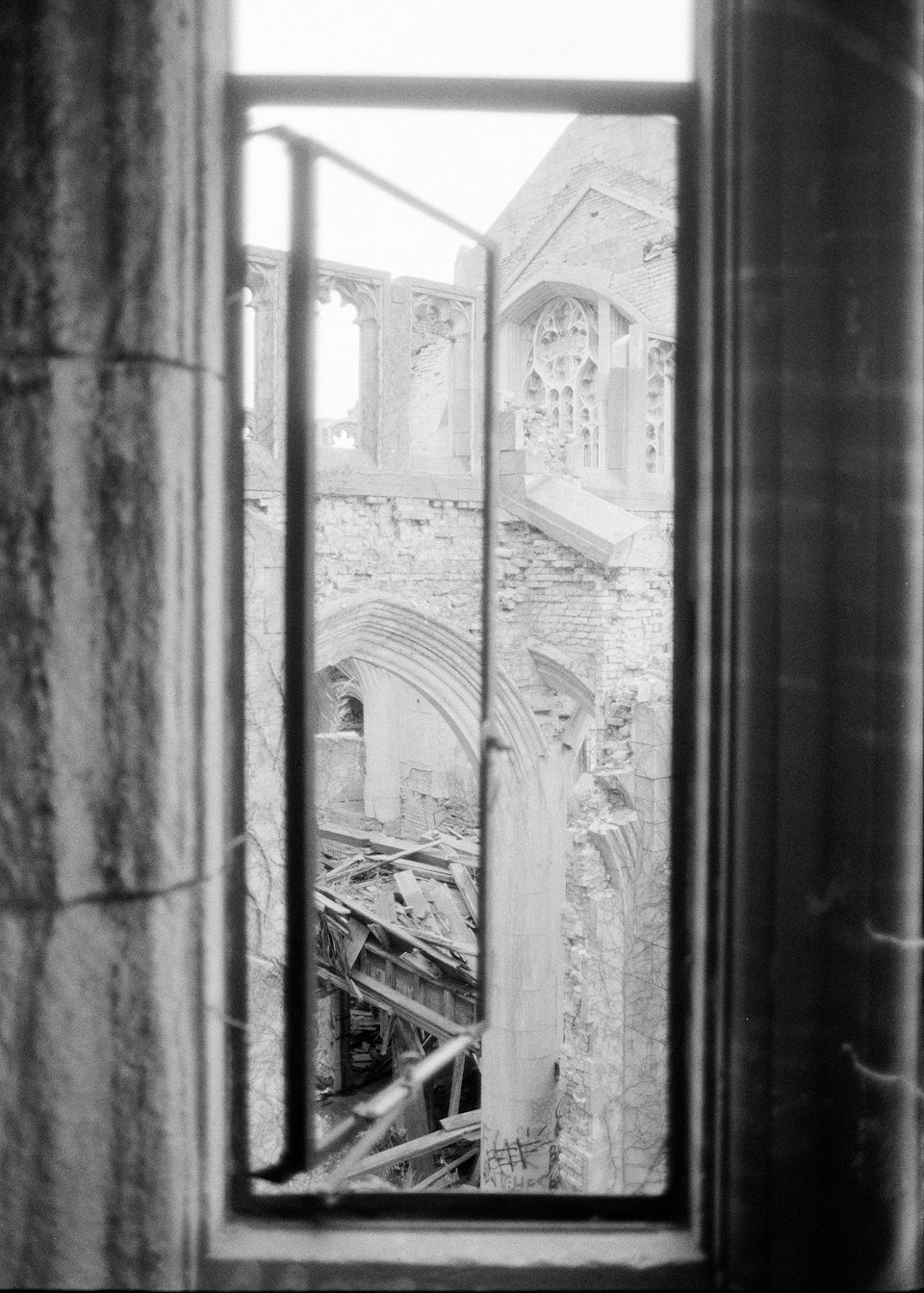
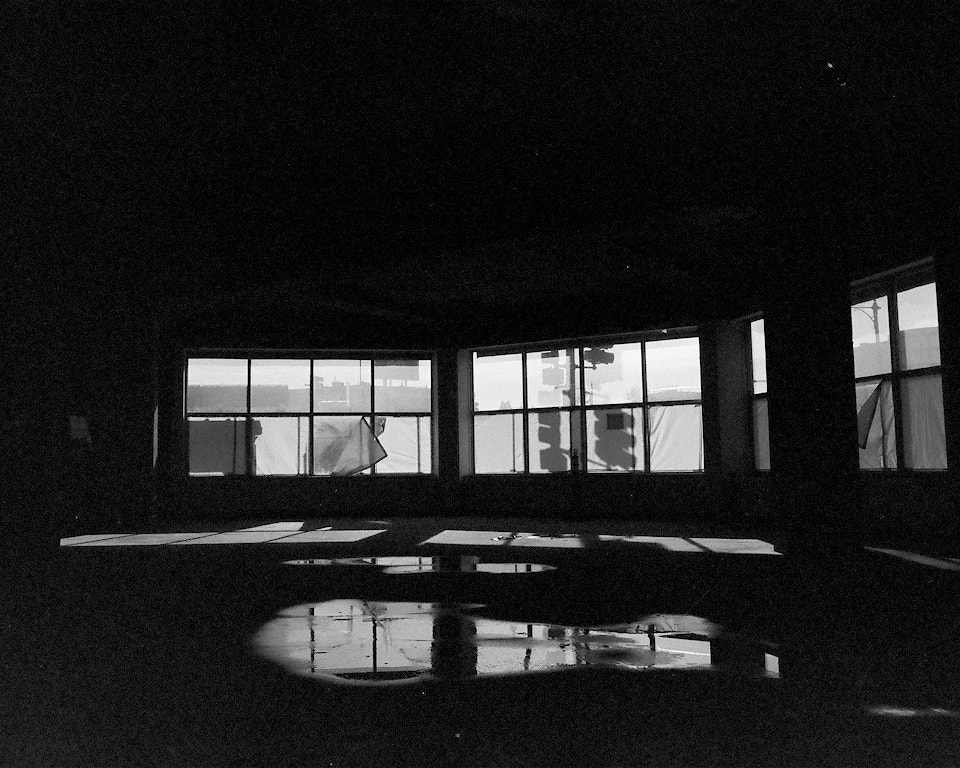

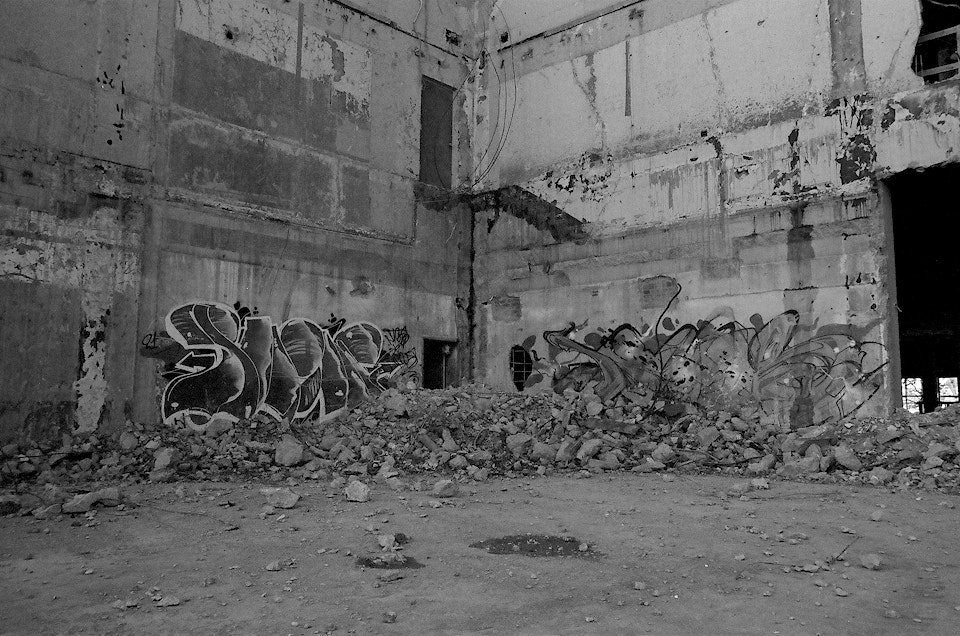
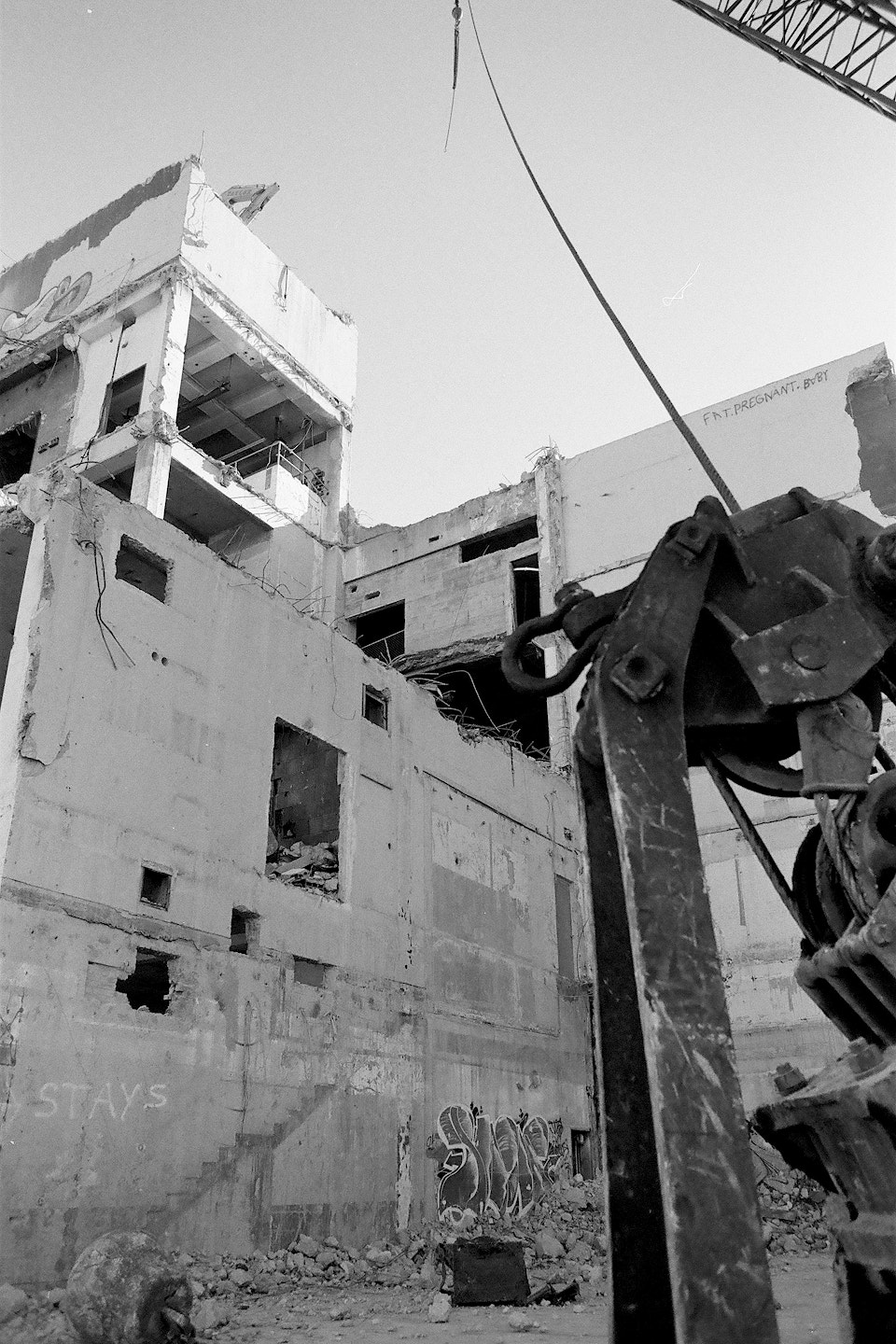
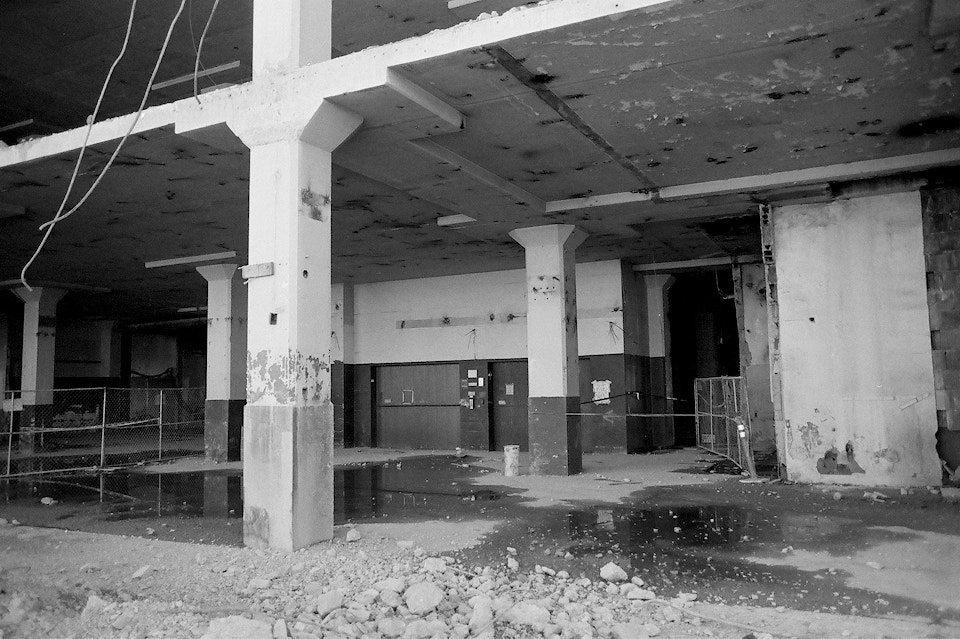


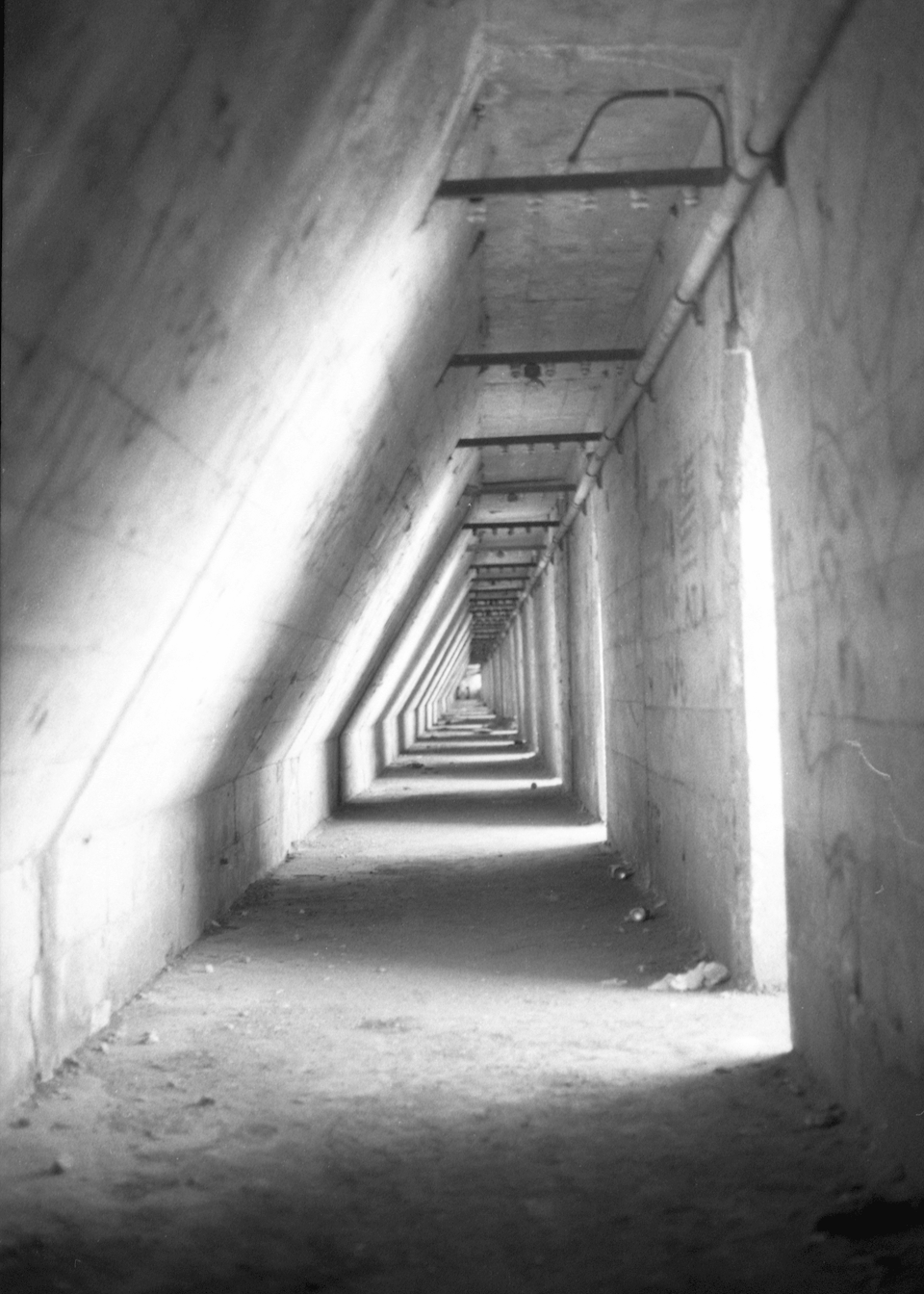
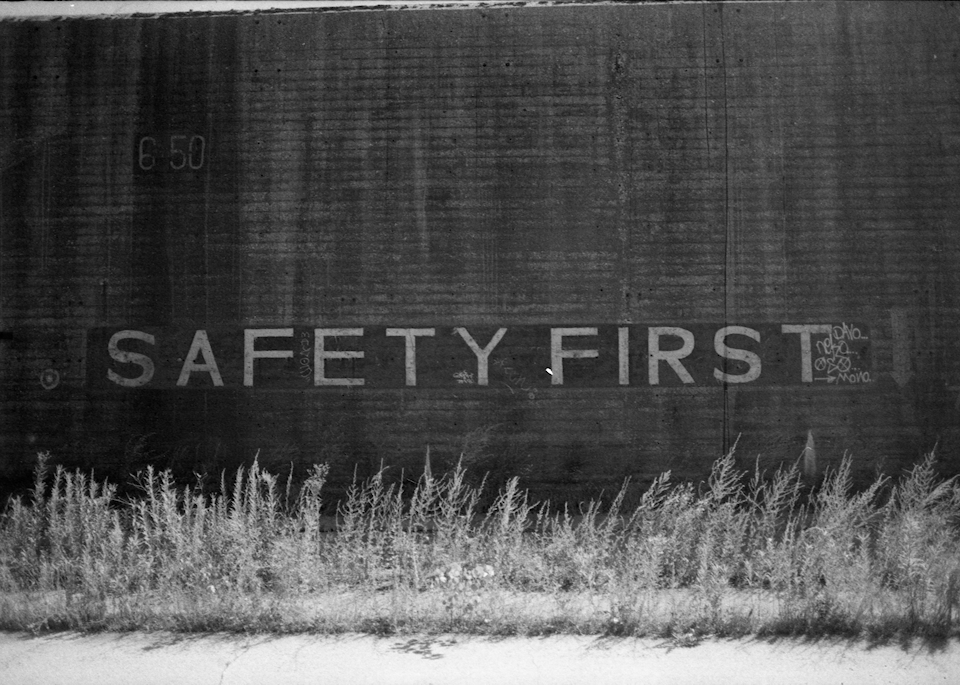


I don’t believe in ghosts.
But it does seem like that’s what I’m trying to capture when photographing a once-living structure. After taking a film photography class in my final year of college, I fell into it as a hobby to help cope with the isolation that the COVID-19 pandemic brought. The analog aspect of film has a warm, nostalgic quality to it—and as much as I enjoy photographing nature and everyday life, there’s a distinct connection this quality creates when used in urban exploring.
Abandoned places are imbued with feelings of others’ past presence. On the surface, this feeling has an overwhelmingly eerie tone, amplified by the common features of decaying rubble, dust-ridden objects, and a silent darkness.
However, looking at these kinds of places through the photos I take reveals to me a more meditative outlook on urban death. It’s noticing the green foliage that springs from weathering cracks. Rain puddles reflecting streaks of sunlight into a forgotten space. The depiction of something familiar being accepted back into nature.
This allows me to be comfortable with the inevitable end of everything. To be more appreciative of the structures that I inhabit in my own life.
Gary, Indiana




Gary very much felt like a ghost town on an early fall morning, with almost no one to be seen. It’s home to many abandoned residences and buildings due to white flight in 1960s America. The main structure to be explored here is that of City Methodist Church, which lies in the middle of Gary's downtown area. It was fully abandoned in the 1970s, only to then survive a fire in 1997. I find these ruins to be lovingly haunting.


Sears at Six Corners

It came as a bit of a shock to the community of Six Corners the day that the thundering crack of a wrecking ball struck the side of the former Sears building. Locals on the northwest side had a fondness for the building, thanks to its art deco design and its historic place in the once-bustling commercial neighborhood. Many purchased their first home appliances there. After its permanent closure in 2018, it lay dormant. Until, like a hungry pack of dogs, demolition vehicles moved in to gut the site.




South Works at Steelworkers Park




Time eats away at the ruins here of a former U.S. Steel works plant. Most of the buildings are gone now, with the remains overtaken by shrubs. A few stone structures still stand, some collapsed in certain spaces. Most notable is the river dock, which used to be where the plant received its many tons of iron ore to turn into steel. It feels otherworldly to picture a once-laborious scorching steel plant that employed thousands—now reduced to quiet debris.





